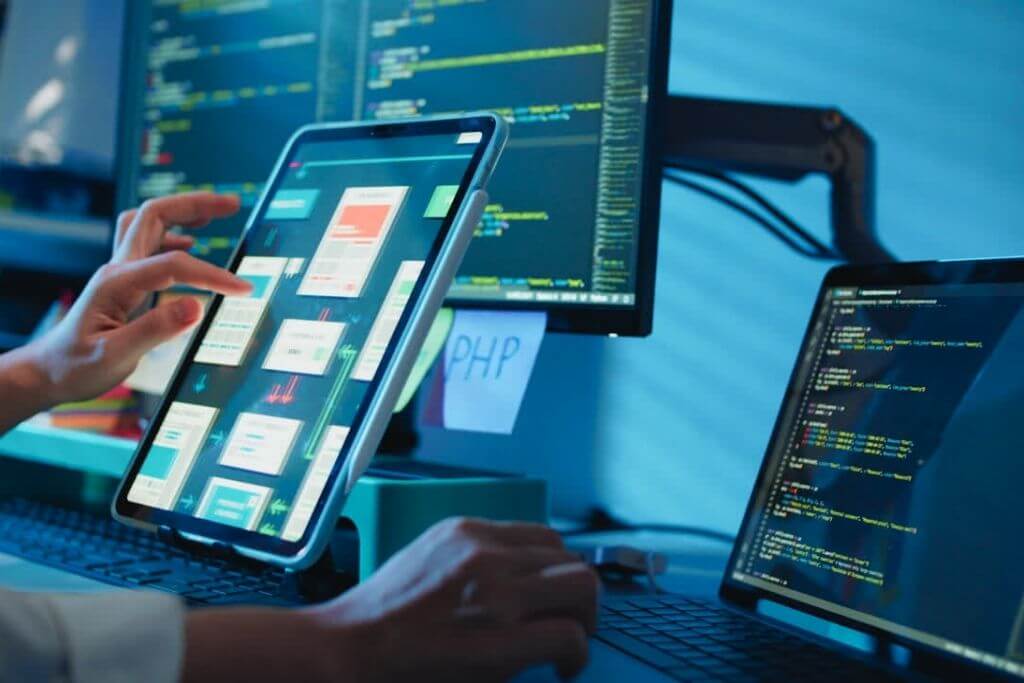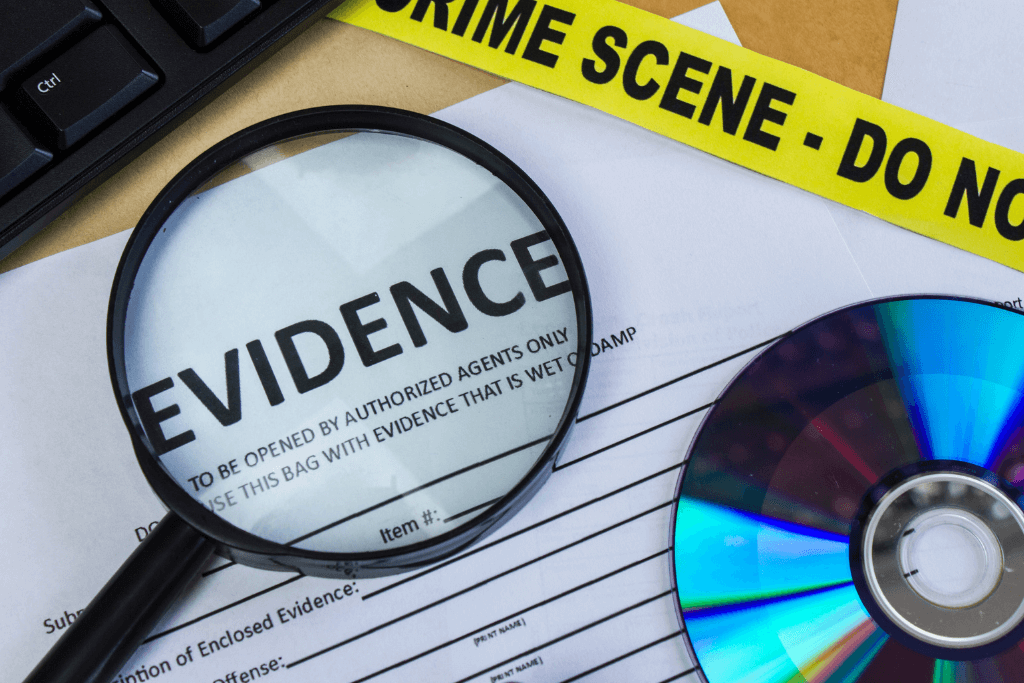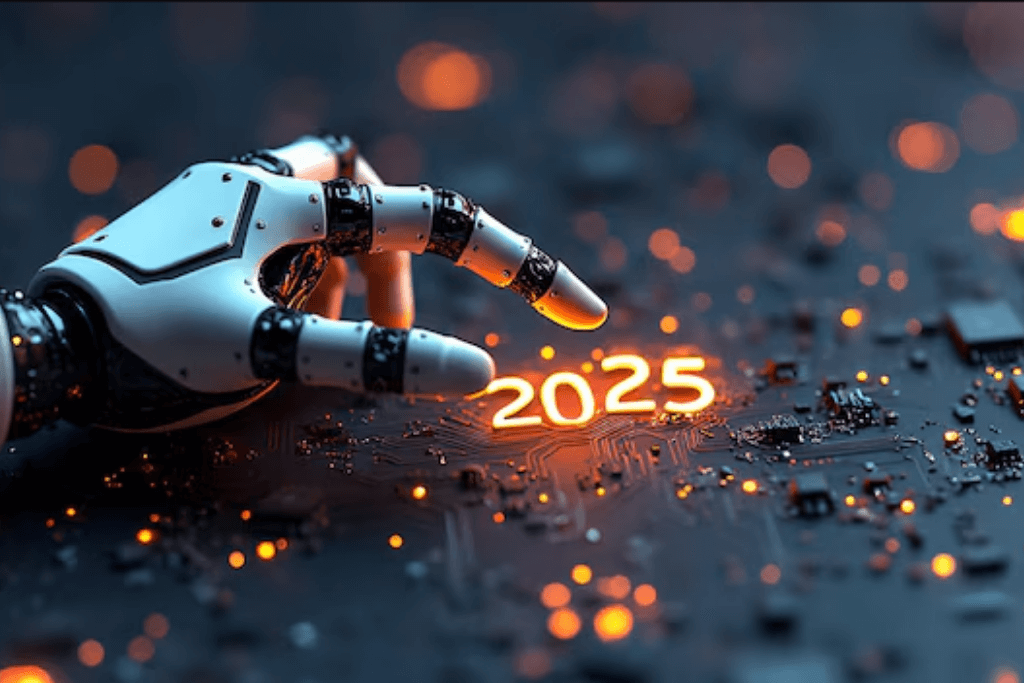NFC and Education: The Future of Smart Classrooms

NFC and Education: The Future of Smart Classrooms
NFC technology has also started to be used in the field of education. This technology allows students and teachers to easily communicate with each other. Thanks to the use of NFC, students' documents and course materials are easily shared. Educational institutions can track students' class entry and exit times by using NFC tags.
The future of smart classrooms is shaped by advanced technologies such as NFC technology. NFC technology is one of the latest technologies used in the field of education. The integration of NFC technology into education enables students to have a more engaging and thoughtful learning experience.
What is NFC Technology?
NFC is an acronym for "Near Field Communication". NFC, which stands for near field communication, is a wireless communication technology. Thanks to this technology, data transfer can be provided between mobile phones, tablets and other smart devices.
NFC is especially used in areas such as mobile payments, smart tagging, file sharing and smart home systems. NFC tags can be read and data can be retrieved by bringing them close to the devices.
NFC technology is also used in the field of education. An interactive learning experience can be provided by using NFC tags in learning materials such as smart boards and smart cards. NFC technology also makes it easy to keep track of students and provides instant feedback to teachers.
Use of NFC in Education
NFC technology is now widely used in education. Thanks to smart boards and smart cards, students have a more interactive learning experience. Students can have instant access to course materials using NFC supported devices. Teachers, on the other hand, can monitor students' performance and provide instant feedback.
Smart boards have also been a very good option in the field of education. It has become a tool where students show more interest, learning materials are presented more effectively, and teachers control the materials more easily.
The Future of Smart Classrooms
Smart classrooms stand out as the educational environments of the future with NFC technology. Thanks to NFC technology, it is possible for students to learn interactively. Among the things that can be done with NFC technology, there are many benefits such as tracking students' locations and assets, providing instant feedback to teachers, and sharing course materials.
When used with NFC technology, smart boards turn into a learning tool that students show more interest and use regularly. Things such as course materials, assignments and presentations can be presented on smart boards, enabling students to learn interactively.
Integrating NFC technology into education helps students' learning experiences become more interesting and engaging. With NFC technology, students learn their lessons more effectively, while teachers perform better. As a result, smart classrooms with NFC technology lead the education environments of the future.
What Can Be Done With NFC Technology
The use of NFC technology in education has become quite widespread. This technology can be used to track student locations and assets, provide instant feedback to teachers, and share course materials. By placing NFC tags in various parts of the classroom, it is possible for students to easily turn in their homework or ask questions in the classroom.
In addition, NFC technology can be integrated with smart cards and smart boards without requiring special hardware. This technology, which enables students to interact more in the classroom, makes learning more enjoyable by allowing course materials to be presented in a more interactive way.
In summary, NFC technology increases student-teacher interaction by enabling classrooms to become smarter with its use in education. With the tags placed, students have a more interactive learning experience and teachers can provide a constructive feedback process.
Benefits of Smart Boards
Smartboards help teachers and students take a more interactive approach to education. Real-time classroom presentations prevent student distractions. Smart boards support long-term learning by providing more active participation of students.
In some smart boards, students can perform tasks such as doing homework, accessing lecture notes, interacting with course materials, and solving tests. In addition, teachers can instantly access student grades and share course materials throughout the classroom.
Smart boards make it easier for students and teachers to work with digital tools. Students interact with interactive learning experiences that will enable them to better understand the materials. Teachers, on the other hand, can make presentations and materials more interesting.
- Smart boards provide faster access to information in the classroom.
- It allows students to present course materials, assignments and presentations in a more interactive way.
- It gives teachers instant access and feedback on students' grades.
- Smart boards provide a more interactive learning experience between students and teachers in the classroom.
Smart boards have an important place in the education life of students. In the digital age, smart boards offer a great opportunity in education to make students' learning processes more interesting and interactive.
Conclusion
Integrating NFC technology into education enables students to have a smarter and more interactive learning experience. Many innovative features can be offered thanks to NFC technology. Many processes, such as tracking students' place and presence in the classroom, providing instant feedback to teachers, and sharing course materials, can be done easily with this technology. Smart boards can be used more effectively by teachers and students' interest and attention can be increased. NFC technology will become even more common in education in the future, making the learning process of students even more interesting.








